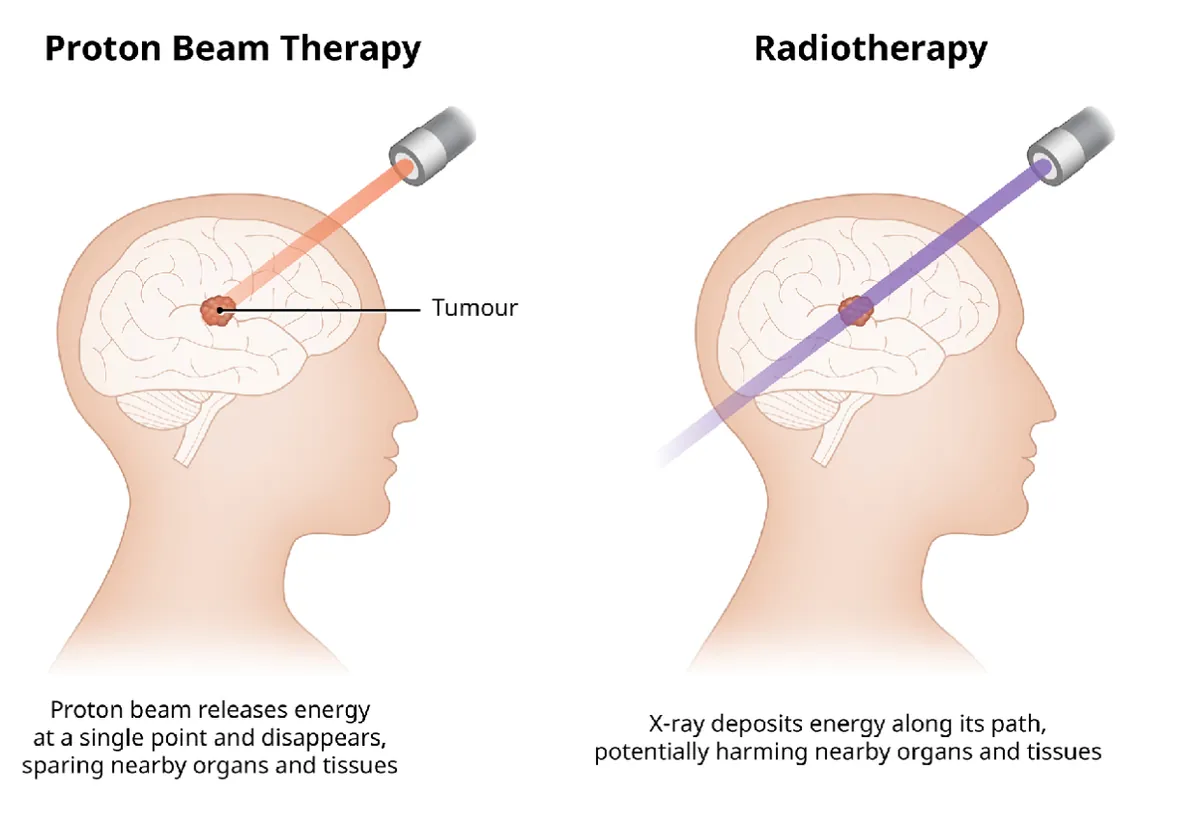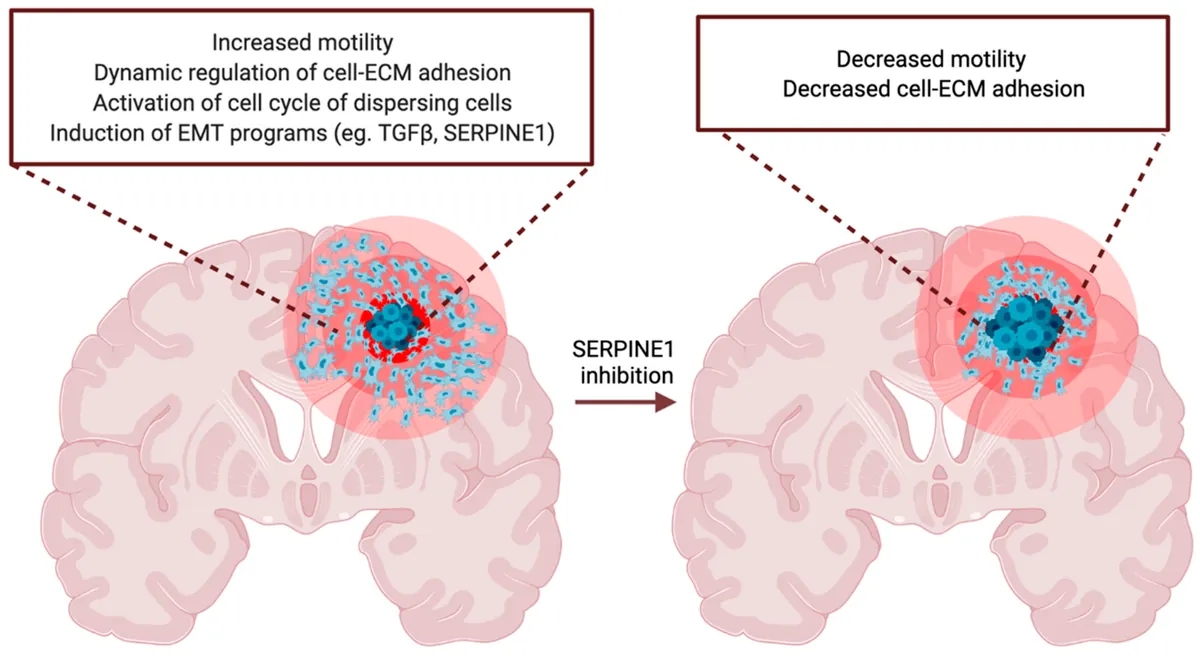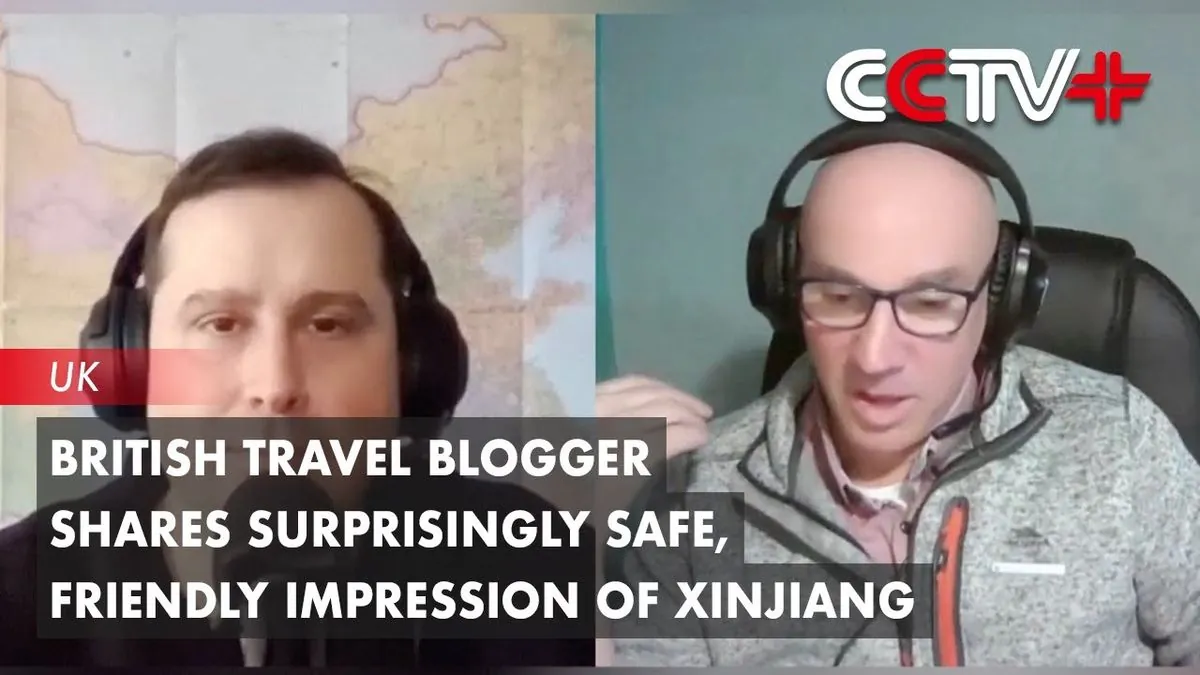Particle Physics Breakthrough: New Hope for Brain Cancer Treatment
Researchers develop Flash therapy, using high-dose radiation to target brain tumors. Collaboration with CERN aims to revolutionize glioblastoma treatment, potentially offering a cure in a single session.

A groundbreaking experimental treatment utilizing particle physics principles could revolutionize brain cancer therapy. Researchers at Geneva University Hospitals, in collaboration with the European Organization for Nuclear Research (CERN), are developing a novel approach called Flash therapy to combat glioblastoma, the most prevalent form of brain cancer.
Flash therapy employs beams of charged particles, specifically electrons, to deliver ultra-high doses of radiation in less than a second. This innovative technique has shown promising results in destroying tumors in mice brains without inducing toxic side effects. The therapy's potential extends to eliminating tumors resistant to conventional radiotherapies.
Dr. André-Dante Durham Faivre, a radiation oncologist at Geneva University Hospitals, explains the unique challenges of treating glioblastoma:
"With glioblastoma, tumour cells are spreading through the brain, mixed with normal cells. If you give a very high dose of radiation, you destroy the normal brain tissue too. If you don't give a high enough dose, the tumour survives and grows back. The reason why Flash is revolutionary is because it offers this ability to deliver extremely high doses of radiation which kills tumours but spares healthy cells."
Flash therapy could potentially target central brain regions where glioblastoma tumors typically form, as well as treat the entire brain with lower doses to eliminate lingering cancer stem cells. This approach addresses a critical issue in current glioblastoma treatment, where tumors often recur even after surgical removal.

The collaboration with CERN, renowned for developing the Large Hadron Collider, aims to advance Flash therapy for human trials within the next three years. Walter Wuensch, the project leader at CERN, is working on designing very high energy electron beams capable of penetrating deeper into the larger human brain.
Flash therapy offers several advantages over current treatments:
- Reduced treatment time: While conventional glioblastoma treatment requires 30 separate doses over six weeks, Flash could potentially be administered in a single session.
- Improved efficiency: Patients could complete treatment in minutes, allowing hospitals to treat more individuals daily.
- Fewer side effects: The rapid delivery of radiation may spare healthy tissue while effectively targeting cancer cells.
The development of Flash therapy could significantly impact cancer treatment, particularly for glioblastoma patients. With only 5% of glioblastoma patients surviving beyond five years, this innovative approach offers new hope for improved outcomes.
As researchers work towards creating a compact Flash therapy machine suitable for hospitals worldwide, the medical community eagerly anticipates the potential of this groundbreaking treatment. Karl Butterworth, a professor at Queen's University Belfast, describes Flash as "the most exciting development in radiotherapy research in the last decade," highlighting its potential to reduce treatment times, minimize side effects, and improve tumor control.


































